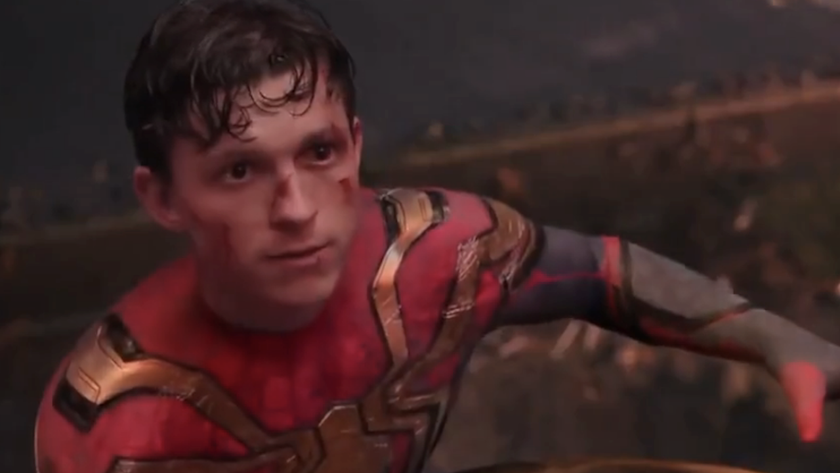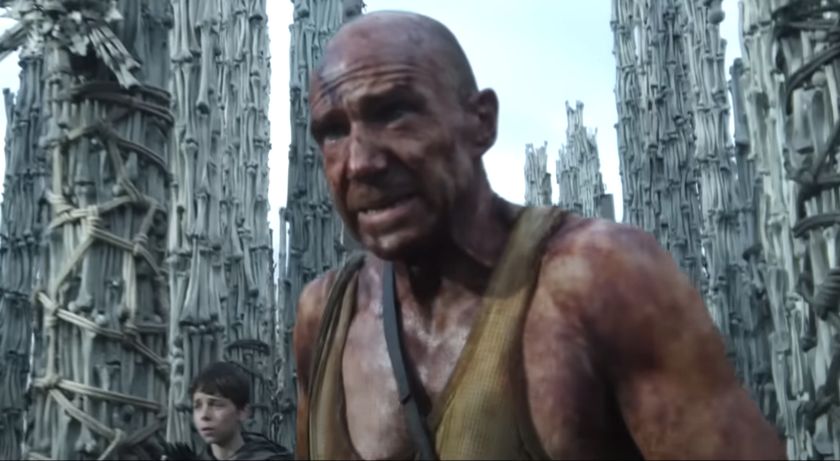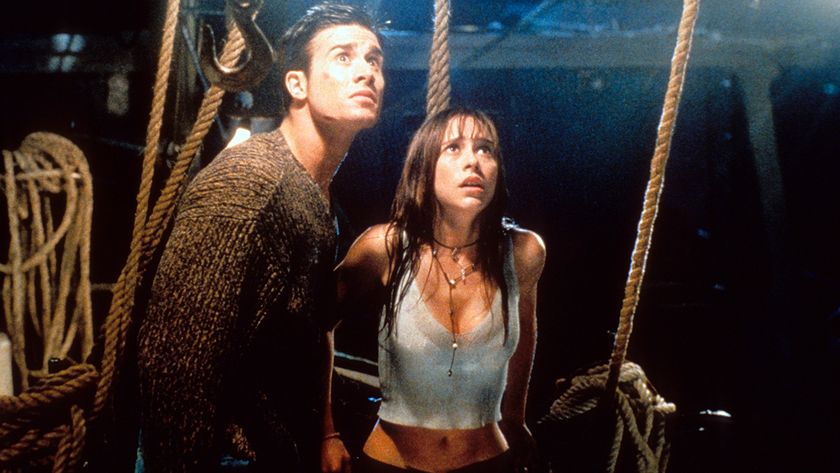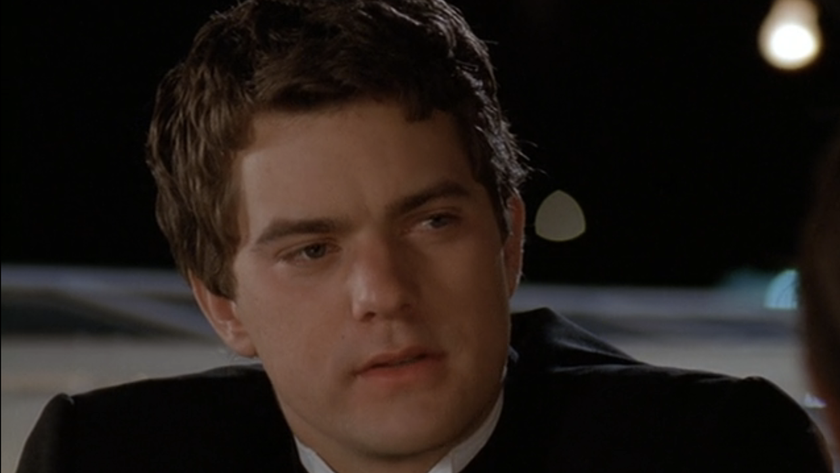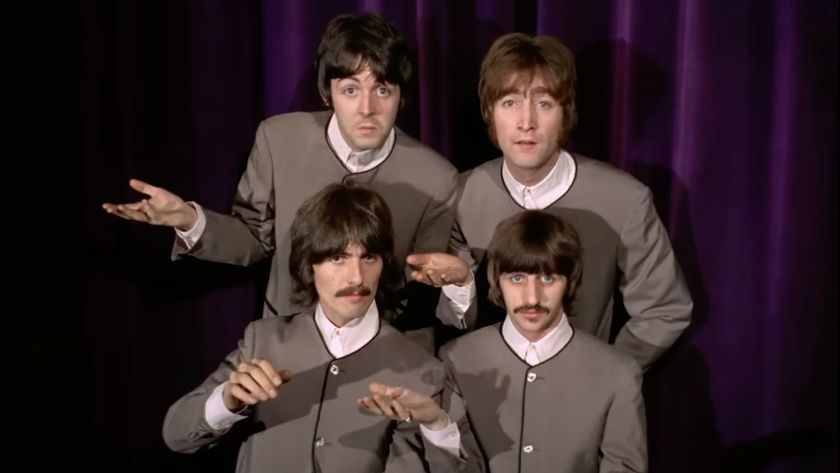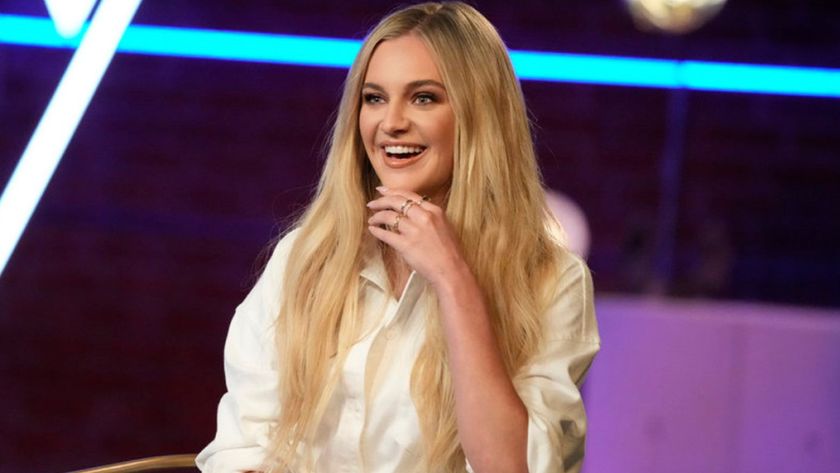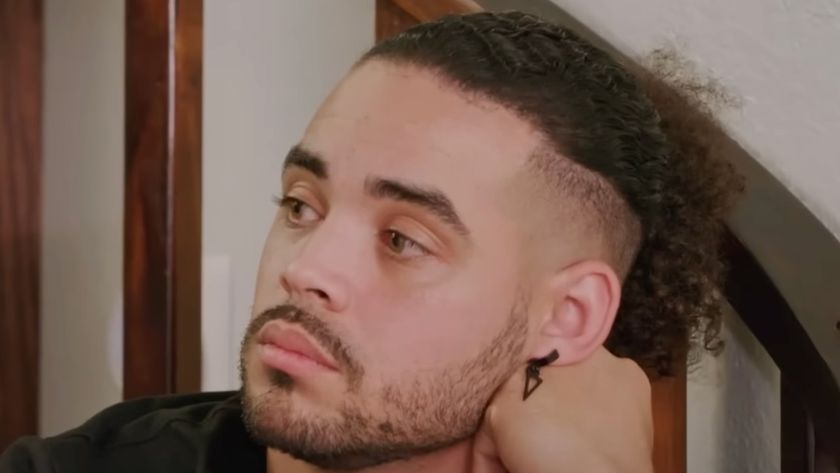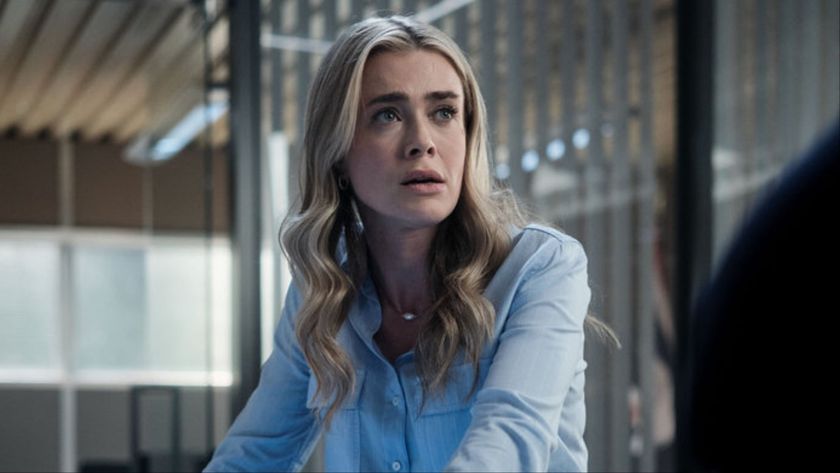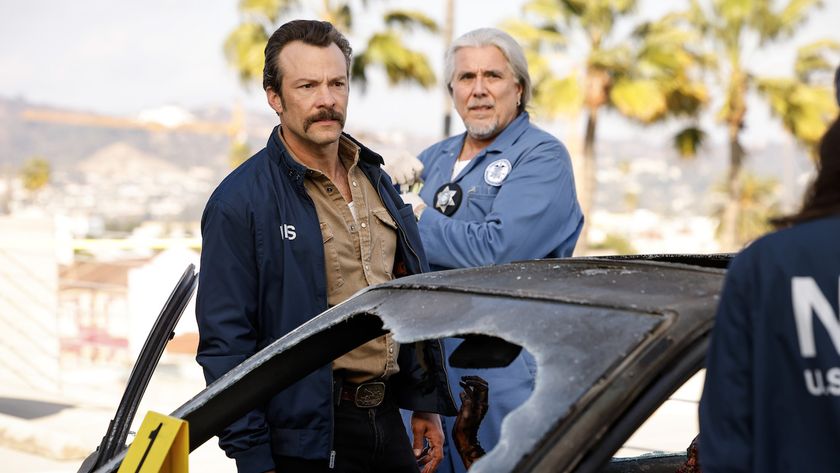Interview: The Hennegan Brothers, Directors Of First Saturday In May
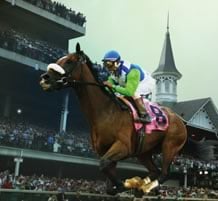
John and Brad Hennegan grew up working at the Belmont thoroughbred race track in Long Island, so it was only natural that their first feature film tackle a topic close to their hearts. But when they decided to follow some of the 20 horses who would go on to compete in the 2005 Kentucky Derby, they could never have imagined the historic event that was about to happen. When the Florida-trained horse Barbaro won the Derby by 6 and half lengths, the greatest lead in over 60 years, it was headline news. But when Barbaro suffered a leg injury at the Preakness Stakes, ending his racing career, it became a year-long saga. Barbaro underwent multiple surgeries intended to save his life, while supporters from all over the country gathered outside his farm, showing their support and love. Finally Barbaro was put down over a year after the Derby, but in the meantime he had become the most famous athlete in the world.
But with The First Saturday in May, the Hennegan Brothers tell the story of not only Barbaro, but five other horses who competed to make it to the Derby that year. They traveled from Dubai to California, Florida to New York, encountering the most colorful characters among the trainers and grooms who bring the horses through the grueling series of races and stakes that lead to the first Saturday in May-- Derby day. Traveling with just a digital camera and each other, the Hennegans befriended the families and stables that trained the horses, getting up close and personal with the horses, the jockeys, and even the kids of the trainers hanging around the stables. The effect is an amazingly comfortable and intimate documentary, explaining the rules and traditions of the horse racing world while telling an engaging, funny story. The Hennegans are out to prove to the country that horse racing is a sport worthy of their attention, but The First Saturday in May is no polemic. It's a simple, human story-- except it's mostly about horses.
Why stick to a world so familiar for your first documentary?
John Hennegan: We wanted to keep it simple. We knew about horse racing. we felt like we could tell the best story that way. We didn't like Hollywood depictions of racing, you know, with wealthy snobs and old, degenerate men gambling and glue factories. We're just like, 'Let's make a story about the racetrack that we know, using the greatest race in the world.'
Brad Hennegan: We figured, it's like you start with the low-hanging fruit. Everyone's heard of the Kentucky Derby. Let's figure out how horses get there. Work our way backwards, and kind of demystify the process.
John: We wanted to do it also showing these cool characters who are involved in racing. that's why you like movies in general. You relate to certain characters, you like certain characters, you hate certain characters. We wanted to pick out some interesting people at the circus that is the race track.
Brad: We've screened it at a bunch of different festivals, and we've been humbled by the responses. People have really, really been liking it, horse racing fans and non-horse racing fans. There's someone for everyone in this film. It's fun to see that, because it almost takes a life of its own. Everyone's talking about which set of people they were liking. For us it's amazing. We have people coming up to us after the screening and saying, “I've never been to a horse race, but now I want to go.” Or, “I hate you guys because now I have to go to the Derby, and it's going to cost me a lot of money to get down there.”
CINEMABLEND NEWSLETTER
Your Daily Blend of Entertainment News
How did you pick the people who would be in the film, and did you follow other trainers who we didn't see in the final film?
John: We probably followed all told about 13 horses. What we really wanted to stay true to was the coolest characters. At the end of the day,that's what you care about. We weren't as concerned with getting a horse to the Kentucky Derby. We're following horses who have a chance. If one of them got in, great. It turned out pretty well for us. But we wanted to stay true to character. We screened this a ton, as Brad said. For some reason six story lines worked. Seven was too much.
Did you follow other horses that made it to the Derby but we didn't see?
Brad: One horse, called Flashy Bull, from West Point Thoroughbreds, made it to the Derby. He was trained by Kieran McLaughlin, the trainer from Dubai. He had two horses in the race, but that was one of the last cuts we had to make. It just got confusing. With Kieran, one of his defining characteristics was that he risked everything to go to Dubai in 1992, when Dubai wasn't what it is now, and work with the royal family. He worked his way to become one of the best trainers in the world right now.
How did you wind up going to Dubai? I didn't know there were people in Dubai racing horses in the States.
John: In the rest of the world horse racing is pretty big. It used to be really big here in the 30s, and now it's been downgraded. What we say is it's the coolest sport you're not paying attention to. We're trying to get people to the race track. We wanted to show the international appeal of horse racing. Kieran was going there for the Dubai world cup, and we wanted to go with him.
Brad: We wanted to show that the ruler and deputy ruler of Dubai are great horsemen. We wanted to show this amazing party they put on at the Dubai world cup.
John: It's a movie. You want to entertain people. We want to show the coolest, most interesting things we can.
How did the logistics work with all the travel, and getting camera crews from place to place?
Brad: Well, you're looking at the camera crews right now. Besides the Derby, where we hired three friends to help us out, John and I had to shoot everything. Not because we're amazing shooters, but for budgetary reasons. I'd be in one location with my camera and a wireless microphone, and John would be in another. I'd be in New York, he'd be in Florida. We were kind of all over the place. A few times we were in the same place. Usually we would speak at the end of the day and compare notes of what happened.
John: What allowed us to get so up close and personal is that the camera was so small. These are young animals, and if you had a boom and a director and sound guy, etc., it's too many people to be around. That's why we were able to get so close. We knew our way around horses, and the trainers felt really comfortable letting us be around.
Brad: They forgot we were there after a while. We were there every day shooting. It lends itself to a much more intimate feel, because we didn't have the 15 people behind the cameraman. It was easy for us to blend in the background and get these amazing shots.
It felt like we spent less time with Barbaro than with the other horses. Was that to diminish the effect of Barbaro's fame and let the audience get to know the other horses?
Brad: I think someone else had mentioned that once before, but I think it's almost the same with all the trainers. But I think it's the fact that the name recognition, you might already know who that horse is. We had several people approach us and say, 'Why aren't you making the whole film about him?' We just thought that would do a disservice to that whole time. There were so many great stories, and Barbaro's story was one of them.
John: Barbaro was the second-most Googled athlete of 2006. People know the name, they didn't know Sharp Humor, Brother Derek, Lawyer Ron, etc. I think it's human nature to know that horse. We didn't want to alter the structure of the film. We liked the balance of showing all these other horses as well.
How did you decide to go forward with Barbaro's story once it took the turn that it did?
[[ br. ]] John: We wanted it to be over. On Derby day, we wanted it to be-- oh, this horse won. We would have been the biggest oafs in the world if this horse had gone on to win the Triple Crown, which hadn't been done in 30-something years, and we stopped. We were like, 'I guess we've gotta keep going.'
Brad: Barbaro won the Derby by the largest margin in 60 years. After that happened, we were like, shoot, we have to continue on. We could have in no way imagined what happened next. But yeah, the film is The First Saturday In May. We thought that was going to be our last day of shooting.
John: We were sorely mistaken.
Was it hard to decide to follow the story through its completion [when Barbaro was euthanized over a year after the Derby] and visit Barbaro as he recovered?
Brad: It would be a disservice to the story not to continue on. We started loading in our material for the editing process, but John would go and check in with Barbaro every once in a while. There had to be an end to the story. What happened with Barbaro, his legacy is actually going to be positive. John can speak about why.
John: We're donating 25% of the first week's box office directly to equine research. We want to give something back. We partnered with a charity called the Grayson Jockey Club Research Foundation. What was learned form Barbaro is going to help other horses. Millions have been raised for equine research. It's a tragedy that the horse died, but hopefully his legacy is going to be helping other horses. A lot was learned from what happened, and other horses are better off.
It's amazing what an impact Barbaro had on people. You've said that with this film you wanted to make people more aware of horse racing. Do you think that Barbaro has done some of that work for you, or do you think there's more to be done?
John: There's still a lot of work to do, but Barbaro attracted a lot of animal lovers that knew nothing about horse racing. We've met a lot that now enjoy horse racing. Barbaro is probably the most legendary horse of a lot of peoples' lifetime. We feel like this movie is a time capsule, which can hopefully stand the test of time. We could have shot 130 other years of the Derby, but we probably couldn't have picked a better year.
Brad: Even if he had won the Triple Crown, it probably wouldn't be as dramatic. We just need people to come out April 18 and see it.
John: If these little movies like ours don't do well in a theatre now, in the first weekend, they're gone. It's an extremely, extremely competitive market out there. Talking to folks like you and getting the word out is tremendous. We need people to visit the website, view the trailer.
Brad: It's great. We have these downloadable posters on our website. I was out at Santa Ana racetrack on Saturday, and people are actually printing them out and putting them up around their office. We're going up against Iron Man, Indiana Jones.
John: You're looking at the marketing department right here. There's just not the manpower out there for little films like this to go pass out merchandise and postcards. We're going directly to the fans. We're just hoping we can catch fire. It is about making a movie, but the really difficult challenge nowadays for filmmakers is getting the word out. It's 10 bucks to see a movie--
Brad: --it had better be worth it! And this is worth it. People from all walks of life have loved the film. It's just getting the word out and having them see it.
John: And this is a fun movie. People ask about Barbaro, which is great, we want that. But we also want people to know it's fun. there's a lot of laughter, there's a lot about families and stuff that everybody can relate to. People are shocked at how much they like it. Not to sound cocky, but we've screened it all over the country, and you can see it in their eyes.
Staff Writer at CinemaBlend
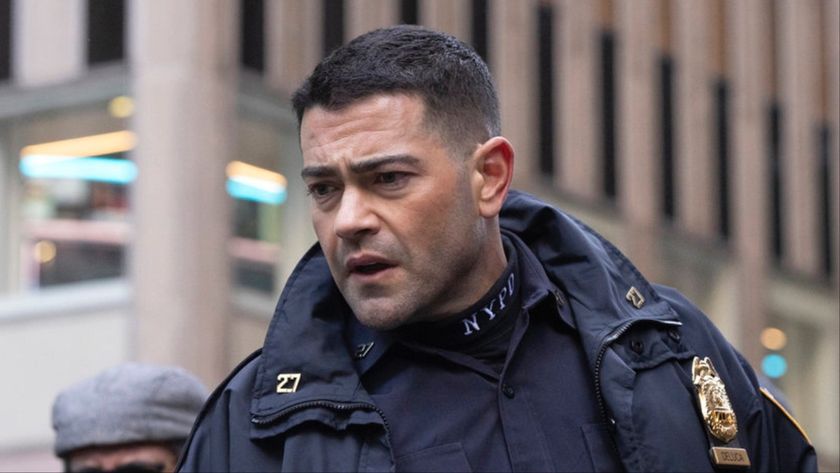
Law And Order Guest Star Shares What Was 'A Little Embarrassing' While Filming With Reid Scott, And Now I Wish There Were Bloopers
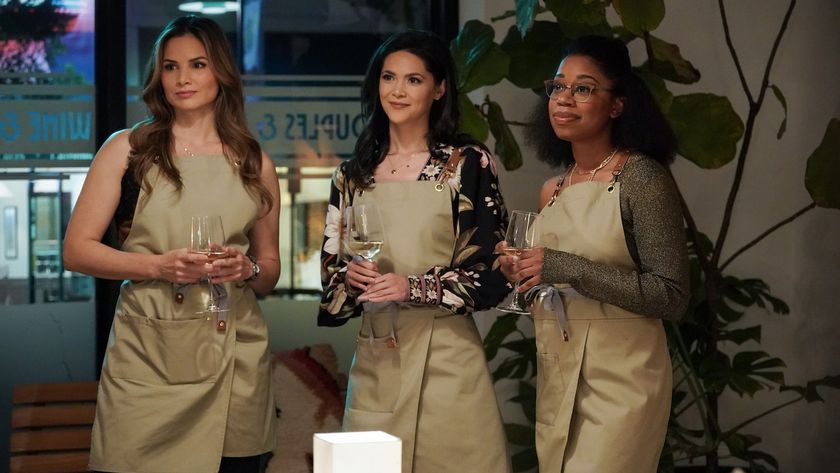
NCIS’ Diona Reasonover Opened Up About The Latest Episode’s Smoky Kiln Scene And More, But I Especially Liked Her Thoughts On Kasie And Knight’s ‘Rock Solid’ Friendship

